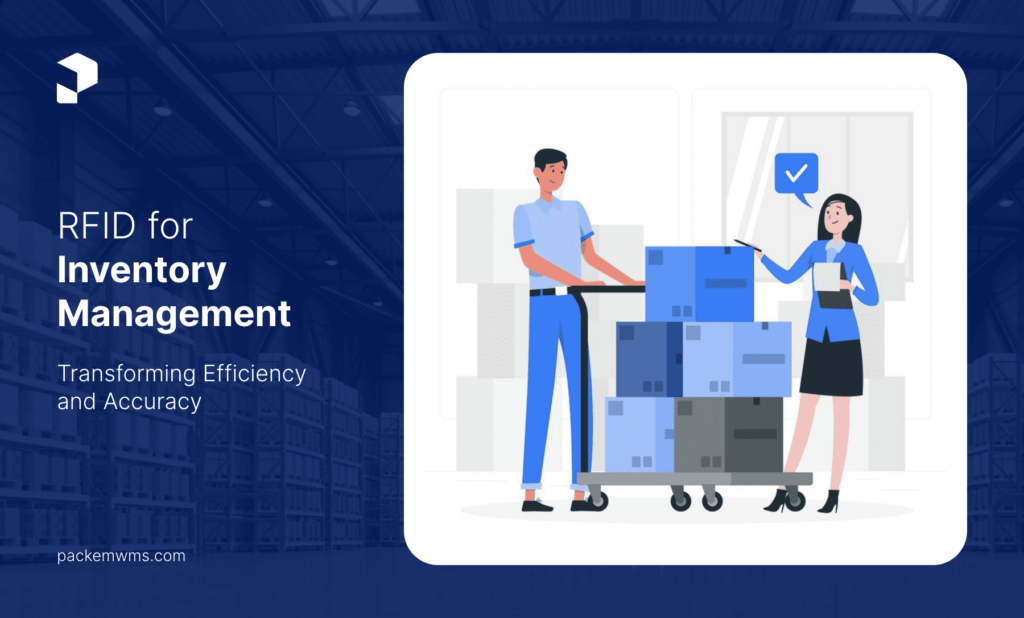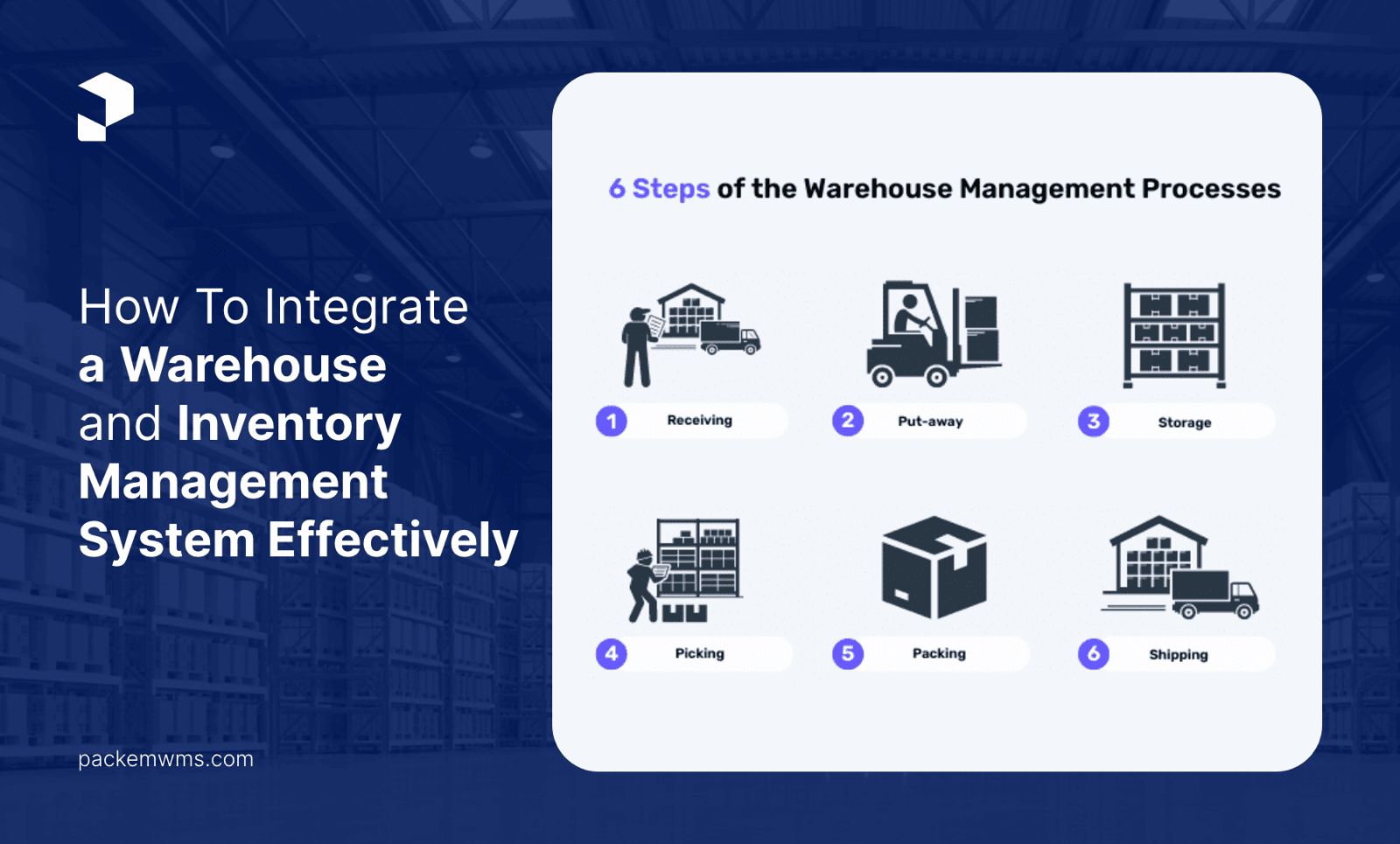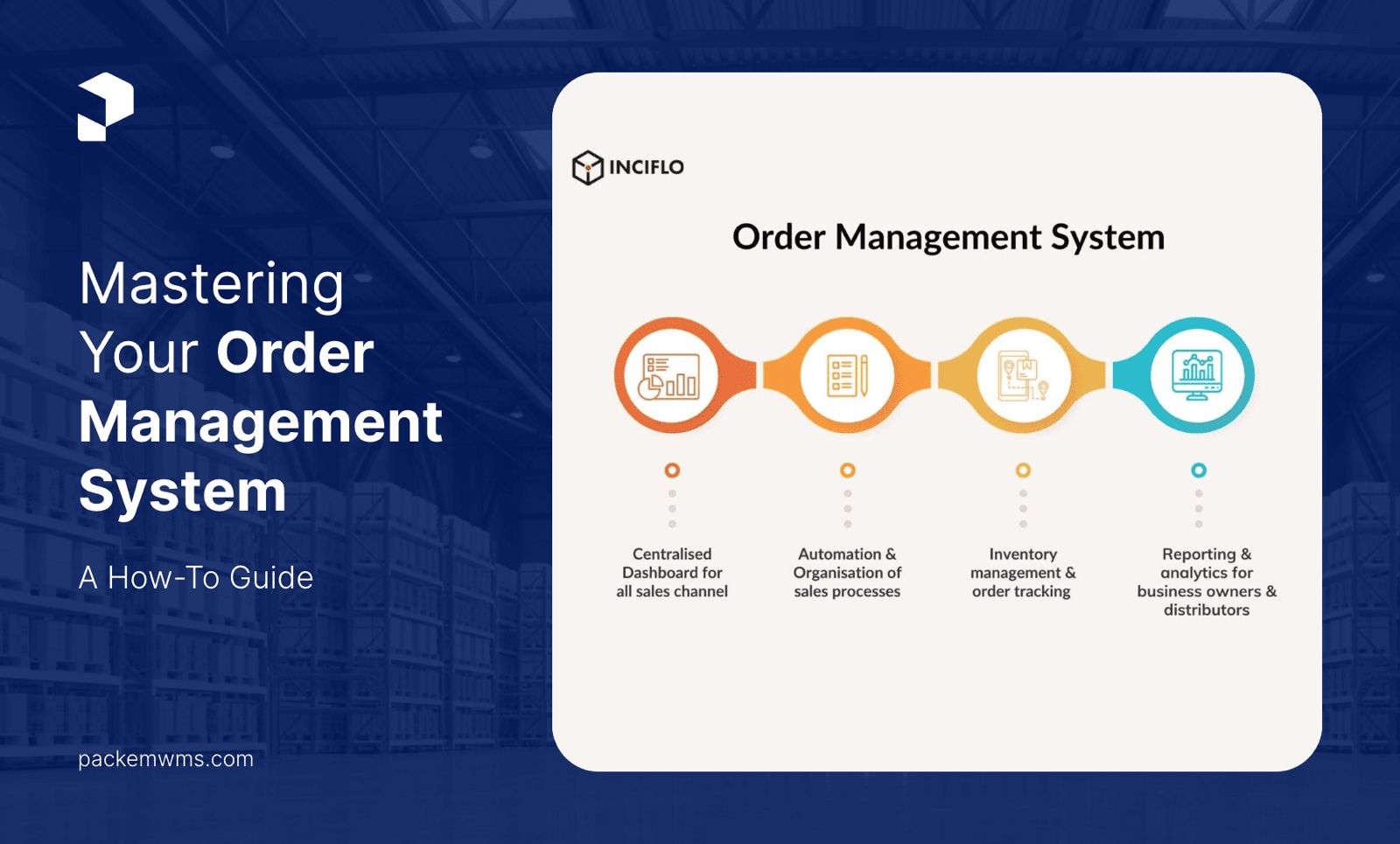Understanding RFID Technology Basics
RFID technology harnesses radio waves to identify items. Imagine tiny tags attached to inventory, each with a microchip and antenna. They store data like unique IDs for products in a warehouse management system.
When an RFID reader emits signals, these tags respond by sending back their info — no need to see them; they work from feet away! This means individuals can count stock fast without mistakes or taking things out of place, just swift scans that feed live updates right into the computer’s brain (the software). It’s how smart warehouses keep track of all goods down every aisle easily today.
Enhancing Inventory Accuracy with RFID
Retailers who adopt RFID in their inventory systems gain a sharp edge. This tech gives each item its own digital voice. Tiny chips talk to readers, telling them where items sit on shelves or within the warehouse maze – no line of sight needed! It’s like having a team of helpers that never rest, scan, and report back 24/7. This constant chatter means stock levels are clear as day; gone is the guesswork once tied to what sells best when you need more.
By setting up smart thresholds, stores can keep hot sellers always ready for hands eager to grab them off racks. Outfitting your space with this gear isn’t cheap upfront. Think long-term gains – it’s about saving later in time, not the cost now.
Mind though that all these parts must work together smoothly—a tangle here could snag up the whole system so planning matters big time before going full tilt into an RFID world.
Streamlining Operations in Warehouse Management
Warehouse management systems, or WMS, take charge of goods as they come in. It’s like a smart assistant that knows where every item should go for quick access later on. Imagine it: shelves arranged to make finding and grabbing items fast and simple! When orders need to head out the door, this system leads workers along the shortest path—no wasted steps mean things move faster.
These smart-systems keep an eagle eye on all stock with tech like RFID tags—it’s hard for anything to get lost here. This sharp control helps avoid running out of stuff or having too much lying around.
Fancy reports from these WMS tools help bosses see what’s happening clearly—they can sort issues before they grow big! Plus, by talking smoothly with other business software (like ERP), nothing gets missed; everyone stays updated across different departments without a hitch.
Integrating RFID into Existing Systems
When firms add RFID, they face hurdles in merging it with old systems. It’s key to set clear goals for data flow and system roles early on. First, map out current inventory processes thoroughly.
Then pinpoint where RFID can best fit in without disrupting operations too much—maybe at check-in or during stock checks. Next up: software integration.
Here experts might need to tweak the existing IT setup so that new readers talk smoothly with what’s already there—a step not always quick nor easy but vital for accurate tracking.
Lastly, testing is crucial before a full-scale launch; this catches glitches saving time down the line when every minute counts towards staying ahead in today’s fast-paced market.
Benefits of Real-Time Inventory Tracking
Real-time inventory tracking with RFID gives businesses live data on stock. Each item has a tag; this sends signals to readers, updating product counts instantly. It lifts accuracy over old count or scan methods by far.
Firms see exactly what they have and where it is—no guessing or stale records are needed now. With such sharp control, companies plan better for buying goods and meeting orders quickly. As items flow in the system, every move gets logged quickly into one main database place—a clear view at all times.
This tech means less waste too since individuals can spot issues early on products flows in warehouse spaces as well as knowing just when to restock before running low—and never too soon either! In short, it turns out that smart real-time watch keeps firms nimble: always ready with the right things at hand for customers waiting keenly outside their doorsteps—or online carts filled up high hoping for speedy service indeed!
Experience the simplest inventory management software.
Are you ready to transform how your business does inventory?
Reducing Labor Costs and Errors
RFID slashes labor costs by trimming the time needed for tasks like inventory counts. Human errors, often due to manual data entry or oversight, drop significantly as RFID readers scan and log details accurately in seconds.
Production tracking sees a boost; items with tags pass checkpoints that auto-record their journey through manufacture stages—this sharpens quality control since the exact item location is always known. Equipment tagged means less lost gear plus better maintenance schedules—it’s smart management at work.
Real-time visibility of stock levels via warehouse-mounted readers keeps overstock low, saving money while enhancing asset monitoring. Efficiency leaps as cycle count times fall—a direct result of radio wave tech spotting goods quickly. This speed smoothes out stock issues too; customers get what they want without delay because companies spot gaps fast. Improved traceability provides detailed product histories.
This feature boosts inventory accuracy and aids just-in-time operations. It fosters smarter supply chain strategies, heightens productivity, and improves cash flow, vital for global market competition.
Future Trends in RFID Applications
Retailers today rely on RFID for smarter, Swiffer stock control. Tags read from afar boost efficiency; goods are tracked without a direct scan needed. This tech helps spot gaps in inventory fast, cutting the risk of empty shelves or excess goods.
A fashion outlet uses it to follow each piece, marking what sells well to restock right. Time is saved by automating counts and refills – like in food stores tracking product dates with RFID, and alerting staff when items near expiry. Customers win too: they get their picks quickly and check out faster which makes them come back more often.
Think about changing sizes within dressing rooms effortlessly because clothing tags talk directly to store help’s hand-held devices – shopping becomes simple. RFID also protects against theft through smart gates that sound alarms for unpaid items passing through – making this technology key in retail tomorrow.
RFID technology revolutionizes stock tracking, merging speed with precision in inventory management. A tag’s quick scan uploads data promptly, offering real-time insights on goods’ status and location. This shift boosts workflow, cuts down errors dramatically, and saves time otherwise spent on manual counts or corrections.
Wrapping It Up
PackemWMS refines operations for its clients with seamless RFID solutions within a robust WMS. Embracing this innovative tool means staying ahead in the fast-paced world of inventory control.
FAQ's
RFID stands for Radio Frequency Identification, and it involves small tags with microchips and antennas carrying unique IDs of products. The tags send signals through radio waves to the readers, updating the inventory of locations and statuses in real-time without necessarily having lines of vision.
Therefore, the integration of RFID in the inventory system brings about a number of benefits. It does so through increased accuracy, streamlining of operations, and reduction of labor costs for the overall benefit of improved traceability. It also speeds up and makes tracking of inventory more effective and accurate, while at the same time eliminating errors that arise from manually entering data, thereby optimizing stock levels for just-in-time operations and overall efficiency and competitiveness.
RFID technology reduces labor costs by automating tasks such as inventory counts and production tracking. Using RFID readers, data collection is quickly and accurately taken within a few seconds—all without the possibility of error from both manual data entry and oversight. The software helps in tracking assets, noting equipment loss, and setting corresponding maintenance schedules; hence, further help is taken for lessening the operational costs and errors.
System compatibility can be a nightmare, besides the necessity to properly and thoroughly test-run the system before carrying out full implementation, with challenges facing software integration. For that, proper goals of data flow, system roles, existing inventory processes, and communication of RFID readers to existing IT infrastructure are very highly required to be set so that these obstacles could duly be overcome.
Some of the future trends in the use of RFID in inventory management include faster and more intelligent control of stock using RFID, automatic product tracking, and improvement in customer experiences. Gradually, retailers have started to depend upon RFID technology to streamline their inventory management, visibility in the supply chain, and, most importantly, to provide customers with a ‘just walk-out’ kind of automated shopping experience with stock replenishment, product expiry alert, and anti-theft feature, etc.




